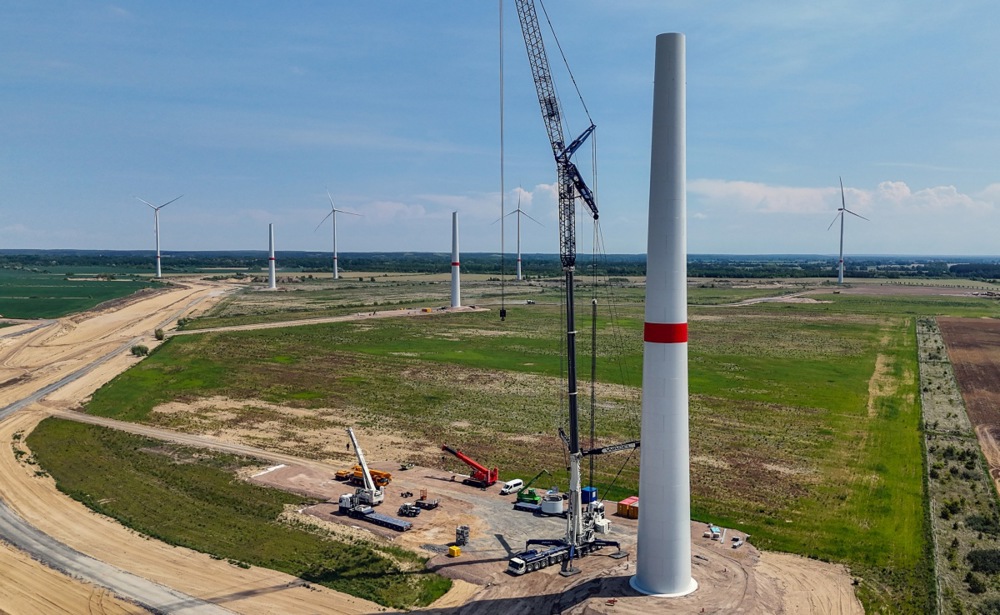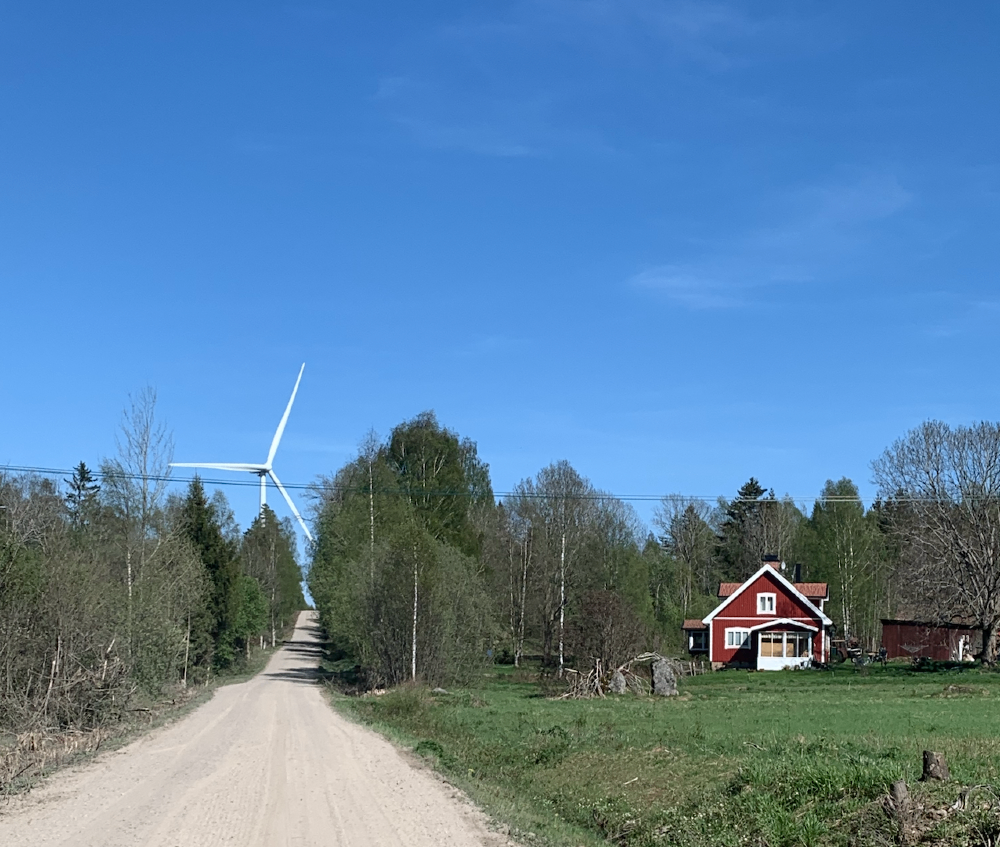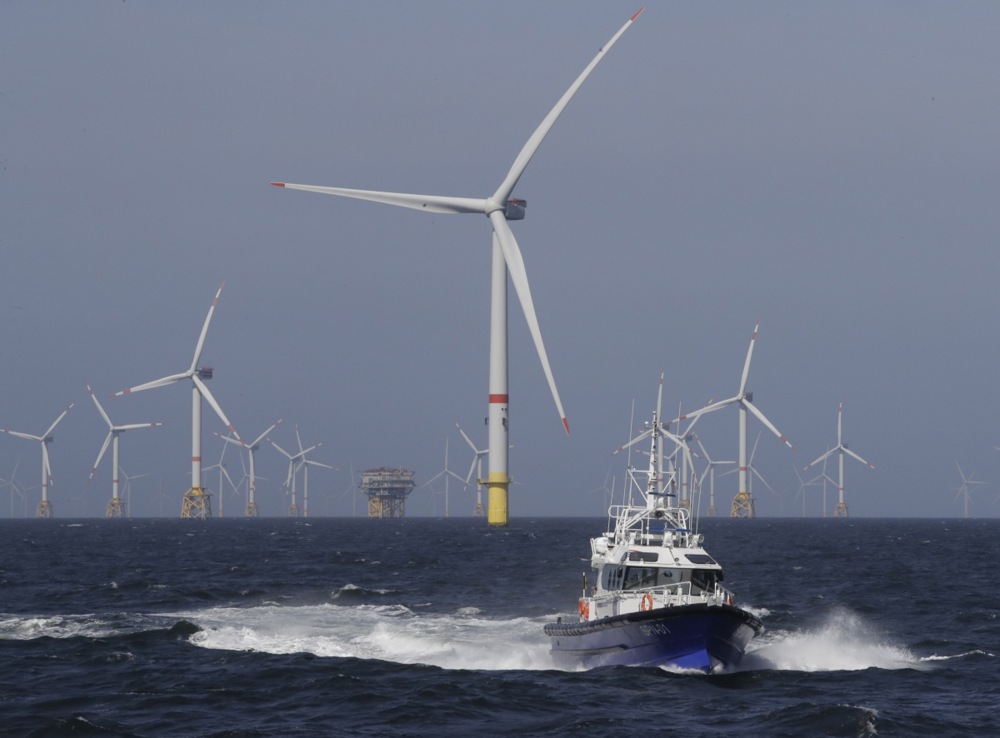Completely dismantling wind turbines is significantly more expensive than many assume, according to a new Finnish study that cast doubt on the industry’s assumptions about end-of-life costs.
Overall, the Assessment of Decommissioning Costs and Financing Models for Onshore Wind Turbines report from June revealed that the cost for dismantling and landscaping can reach up to close to €1 million.
The report was produced by Eevaleena Häkkinen and Jouko Tuomainen from the Finnish Environment Institute and came to general notice late in July.
These figures underscored the significant financial commitment required for the comprehensive decommissioning and restoration of wind turbine sites.
Other industry reports and some studies have used standardised cost estimates that do not account for local conditions or specific project complexities. These estimates can range from €100,000 to €200,000 per turbine for complete decommissioning, including basic site restoration.
Revenues from recycling materials appear to have been overstated.
It examined in detail the full costs associated with deconstructing wind turbines and restoring the surrounding land, a subject often overshadowed by the sector’s green reputation.
According to the study, decommissioning a single steel tower wind turbine, without removing its concrete foundations, can already cost between €135,400 and €171,900.
If full demolition was undertaken, including the removal of foundations and complete site restoration, though, the costs rose dramatically. For instance, dismantling a hybrid tower wind turbine and excavating the entire foundation can cost between €433,300 and €745,800, the report stated.
The depth of the foundation removal was a further cost driver. Removing a slab foundation to a depth of 2 metres can cost €173,000 to €242,200, while a shallower removal to 1 metre still carries a cost of €144,100 to €190,100.
Local conditions also play a key role in determining the final cost. The report highlighted factors such as the number of turbines, transportation distances, soil bearing capacity and terrain conditions, all of which can significantly affect decommissioning and site restoration expenses.
In addition, the study examined three different landscaping and site restoration scenarios, each with its own financial implications. The most thorough — and most expensive — approach involved the complete removal of structures, followed by the replacement of excavated areas with new soil masses, at a cost ranging between €415,400 and €700,500 per steel tower turbine.
While the potential for revenue from recycling materials such as steel, aluminium, and copper offers a partial offset, the report warned against over-reliance on scrap value. Market volatility, coupled with transport and handling costs, meant such revenues may fall short of covering the full dismantling costs, it said.
“Prices of metals can vary significantly, and the actual revenue from selling recycled materials may not cover the costs of dismantling and site restoration,” the report authors cautioned.
Another often-overlooked element was the management of hazardous materials, such as oil residues and insulation components, which added to both cost and regulatory complexity.
The decommissioning process generally must also adhere to strict environmental and safety regulations, ensuring that the land is either restored to its original condition or repurposed responsibly.
The challenge was compounded by the increasing size of modern turbines. The report noted that the average hub height of turbines built between 1993 and 2023 was 137 metres, rising to 146 metres for turbines constructed between 2016 and 2023.
The growing size of these machines meant that more labour, machinery and logistical co-ordination was required for safe and compliant removal, it said.
Finally, differences in national and regional regulations, particularly in relation to environmental standards, could influence the financial modelling of decommissioning projects.
Countries or regions with stricter restoration requirements will inevitably face higher costs, the report concluded.
Investors are trying to dump northern Swedish wind-power projects, citing an “absurd” market that was losing almost all value. https://t.co/gFtPIH93b2
— Brussels Signal (@brusselssignal) July 30, 2025





